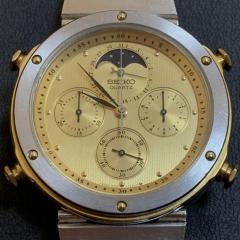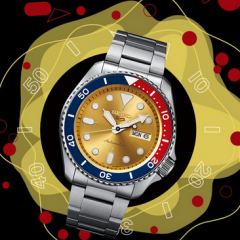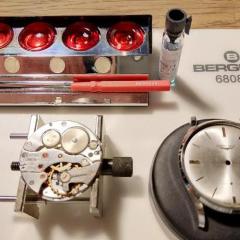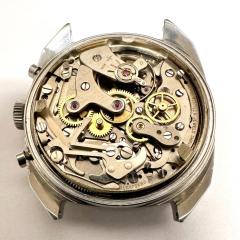Your Current Projects and Achievements
If you would like to discuss your current projects or show off your latest watch repair achievement and it is not an actual walkthrough please post here.
SECTION RULES
This section if for posting the results of your labours with a particular project. If you wish to post a full walkthrough then please use this section.
649 topics in this forum
-
- 2 replies
- 3.6k views
-
- 14 replies
- 5k views
-
- 15 replies
- 5.2k views
-
- 1 reply
- 2.1k views
-
- 2 replies
- 4.5k views
-
- 1 reply
- 2.8k views
-
- 9 replies
- 4.6k views
-
- 14 replies
- 3.9k views
-
- 2 replies
- 2.9k views
-
- 5 replies
- 3k views
-
- 15 replies
- 3.7k views
-
- 15 replies
- 4.6k views
-
- 1 reply
- 2.1k views
-
- 10 replies
- 4.6k views
-
- 17 replies
- 5.1k views
-
- 3 replies
- 3.1k views
-
- 11 replies
- 4.8k views
-
- 10 replies
- 5.3k views
-
- 3 replies
- 2.1k views
-
- 2 replies
- 4.5k views
-
- 4 replies
- 2.7k views
-
- 6 replies
- 3.9k views
-
- 4 replies
- 3.3k views
-
- 9 replies
- 3.3k views
-
- 2 replies
- 3k views














.thumb.jpg.19a9c4ff164d78d516aa9f05a063752b.jpg)

